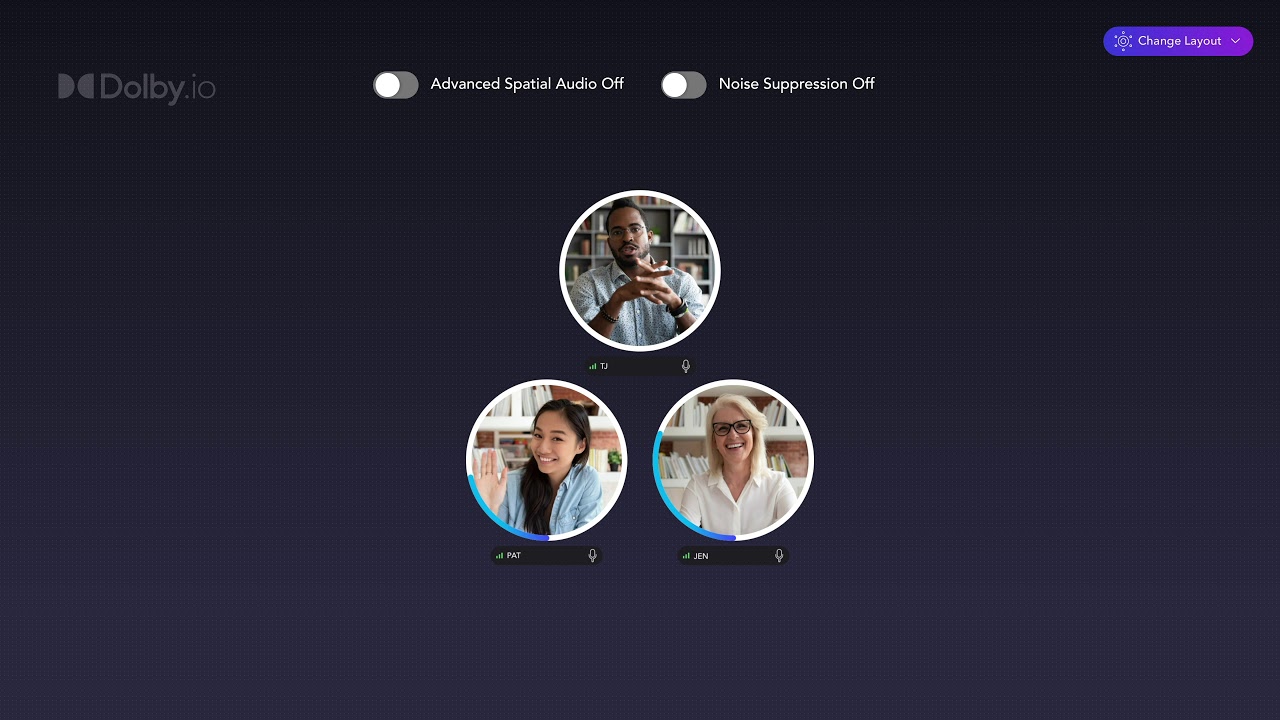
Elevating Virtual Conversations: Unveiling the Promise of Spatial Audio in Conference Calls
As the world becomes increasingly interconnected through virtual communication, the quest for replicating real-life interactions intensifies. In this pursuit, the concept of spatial audio emerges as a revolutionary advancement, aiming to bridge the gap between physical and virtual conversations. Much like Apple’s innovation with FaceTime, Microsoft has embraced spatial audio to transform the auditory landscape of conference calls, bringing an immersive and lifelike dimension to remote conversations.
Microsoft Embraces the Future of Immersive Communication with Spatial Audio
Spatial Audio: A Leap Towards Realism: Spatial audio serves as a groundbreaking technology that endeavors to transform remote conversations into experiences that closely resemble in-person interactions. By manipulating audio signals, this innovation creates the perception that voices originate from specific directions, adding depth and authenticity to virtual conversations. The goal is to alleviate the limitations of conventional audio setups, enabling participants to better identify speakers and engage in more natural exchanges.
Microsoft’s Pursuit of Immersion: Transforming Conference Calls: Drawing inspiration from the success of Apple’s FaceTime, Microsoft has embarked on its own journey to enhance virtual communication with spatial audio. In the realm of conference calls, the company’s implementation of this technology aims to revolutionize auditory perception. Instead of hearing voices as a clustered amalgamation, participants experience a soundscape where each speaker’s voice appears to emanate from distinct locations, mirroring a physical room’s acoustics.
Creating Space in Sound: The Science Behind the Illusion: Spatial audio relies on a combination of advanced algorithms and acoustic modeling. By manipulating the timing and volume of audio signals in relation to each participant’s position, the technology replicates the behavior of sound waves in real-world environments. This orchestration creates the illusion of proximity, enabling participants to feel as though they are engaged in genuine face-to-face discussions.
The Power of Immersion: Fostering Engagement and Collaboration: The introduction of spatial audio holds transformative potential for the landscape of remote communication. By emulating the intricacies of human auditory perception, this technology fosters a sense of presence, enhancing engagement, and making discussions more dynamic. This, in turn, cultivates an environment conducive to collaborative brainstorming, active participation, and the fluid exchange of ideas.
Challenges on the Horizon: Technical Hurdles and Adoption: While the promise of spatial audio is captivating, its implementation comes with challenges. Achieving a consistent and accurate soundscape across various devices, environments, and network conditions poses technical hurdles. Additionally, the seamless adoption of this innovation hinges on users’ familiarity with and acceptance of the concept, as it deviates from the conventional audio experience.
A Glimpse into the Future: Shaping the Next Era of Communication: As spatial audio gains traction in the world of virtual communication, its potential ramifications extend beyond conference calls. This technology could redefine the way we interact in virtual reality environments, gaming, and even education, enhancing immersion and emotional connection across a multitude of platforms.
The integration of spatial audio in conference calls marks a significant stride towards enriching virtual conversations. Microsoft’s dedication to harnessing this innovation mirrors the broader industry trend of embracing immersive technologies. As spatial audio continues to evolve, its impact on reshaping the auditory dimension of remote communication has the potential to bring us closer to the authenticity and intimacy of in-person conversations, ushering in a new era of interconnectedness.

